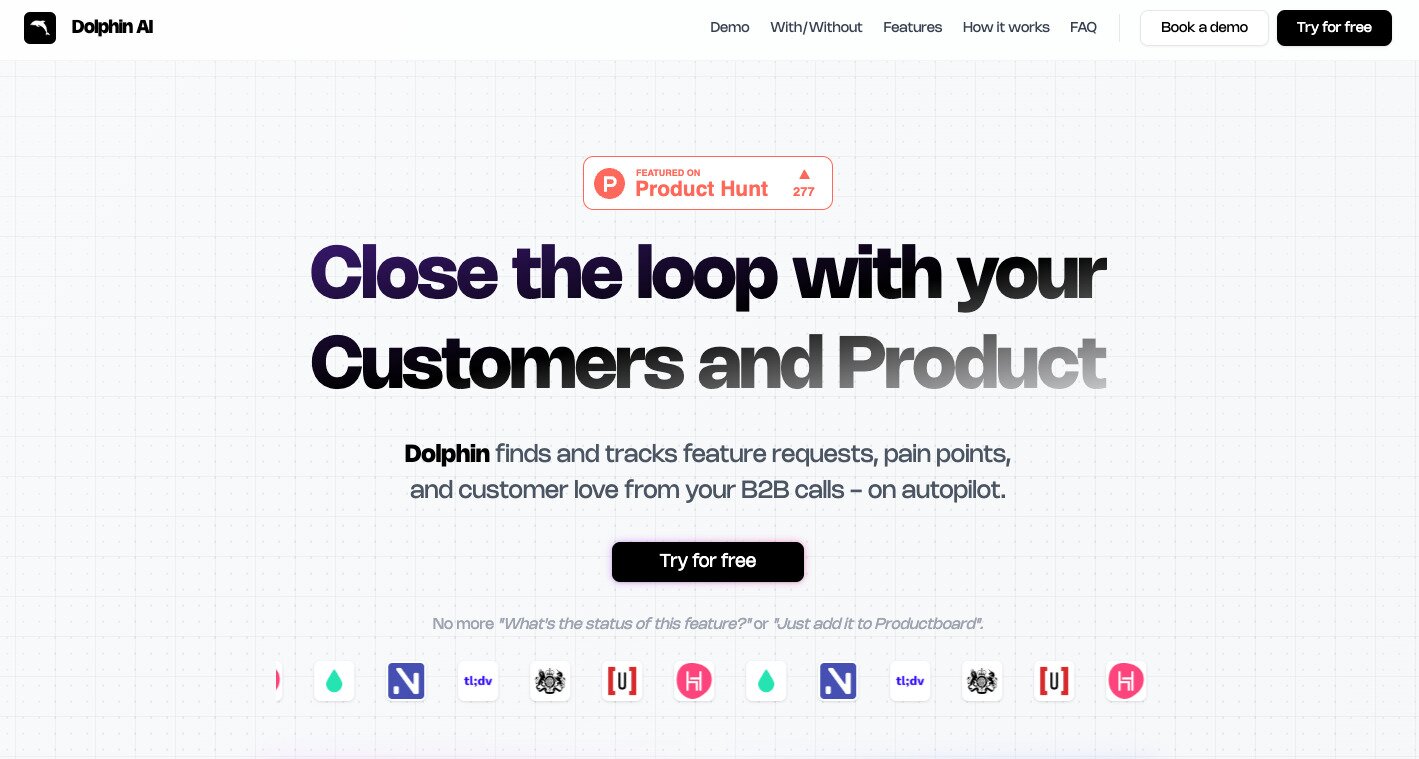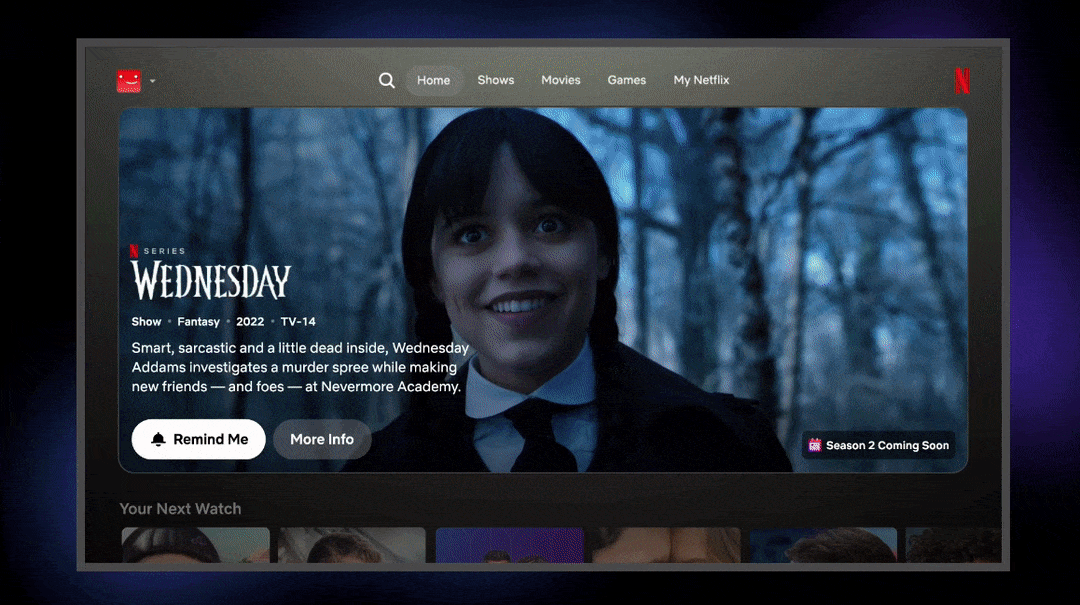In this keynote session at #mtpcon SF+Americas 2022, Martina Lauchengco, Partner at SVPG and author of Loved: How to rethink marketing for tech products, unpicks three myths of product that get in the way of driving product adoption.
Watch this video or read on for key highlights from the talk.
When Martina was 13, she was watching the Super Bowl with her family and saw an advert for the Apple Macintosh. Its impact on her was such that it made her decide that she wanted to work in tech and she ended up being hired as a product manager for MS Word straight out of college.
She’d been a user of MS Word in college – but only if she could pirate it from her friends – so her first task at Microsoft was to work out how to turn people like her into paying customers. She says: “It was a brilliant way to start my product management career because it framed my job as being one of understanding customer/market limitations. It wasn't one that was product forward or technology forward. It was ‘meet the market where it is and then try and figure out how to move through this market.”
Myth 1: Build a great product
The go-to-market truth is, says Martina, that building the perception of the product is as important, sometimes more important, than building the product itself.
It’s imperative that product managers think about this more urgently, she says, because there is intense competition among technology products. Martina says there are 5.5 million apps in the App Store, for example and apps in the same category all do and say a lot of the same things, she says: “People will look at the pictures to try and understand from the screenshots how it's really different and they're not going to be able to tell. We're putting all this cognitive load onto people and into Product.” It’s why you need to pay attention to the perception of the product as you build, and it will affect what you build.
Martina gives an example from her time at Microsoft where the product team had to cut the development cycle and was forced to create a context in which a smaller number of features could be perceived as highly valuable for the maximum number of users. The release that was launched was the most positively reviewed and commercially successful version of Word at that point in time. “it's because we'd taken that time to set up the perception of value,” she says.
Myth 2: Improve your product’s NPS
The go-to-market truth is, says Martina, for it to be noticed and make a difference in how a product is adopted and its future success, you must massively improve NPS for what matters most – and not all areas of the product are equal.
It’s very difficult to raise the game of an entire product, so you need to pay close attention to what will really make a difference in your marketing. Martina tells the story of the time she led the product team on the first version of Word for the Mac. Performance was slow because the product was so big it required more memory than most machines had. Martina and her couldn’t fix everything so they had to decide which performance issues they should address. The product’s most influential influencers and evangelists were the press, for whom the bellwether feature of Word’s performance is word count, so they made sure that the feature’s performance was ”blazingly fast”. “You want to massively improve what’s going to matter most to your market,” she says.
Myth 3: Good marketing requires good marketers
Martina says that the go-to-market truth is that anyone can do great product marketing. She adds: “It is absolutely essential that everyone in Product learns to bend their mind in this direction – because to do great marketing requires a really good product marketing foundation.”
She runs through the four fundamentals of product marketing:
Ambassador
This is about connecting customer and market insights. It means product teams are listening out for customer and market signals. Martina gives the example of Workiva which has a product for SEC filing professionals. Customers were telling customer success reps that multi-screen support would be very helpful, while the product team initially dismissed it as a ‘nice-to-have’. The customer success team persisted in trying to get it prioritised and finally it was included in the next major release, when it proved to be the most talked-about feature.
Strategist
This means directing a product’s go-to-market strategy. Typically teams look at a product strategy in the order of ‘what, how, why and then when’, whereas a go-to-market strategy puts the ‘when’ first, followed by ‘why, what and then how’, says Martina. She gives the example of Headspace’s May 4th Star Wars themed sleep casts. “Putting when first is so crucial to how you get the market wind at your back,” she says.
Storyteller
This means shaping how the world thinks about your product, says Martina, and it’s not just the narrative but also how it is told. She gives another example from Word, when her team ditched PowerPoints for whiteboard conversations that made people want to lean in and listen.
Martina then talks about marketing messaging. She says that often people think that messaging marketing should be short pithy benefit statements, but we’ve to the stage where “everything feels a little generic, and we've stopped telling people exactly what they need to hear to understand why they should lean in and pay attention”. She gives examples of two companies where the products do much the same thing but where one has a marketing statement that tells a story that helps the world understand the product much better.
Evangelist
This is about enabling others to tell your product story, says Martina. She gives the example of the Splunk Trust, a community of Splunk customers and partners who evangelise Splunk products. “The only way to scale globally and grow adoption is to make sure you have others evangelising on your behalf,” she says, “they're not going to use your tight little marketing statements. They are going to say what feels true and authentic to them. So you need to think through what it means for them to be able to evangelise in a way that is meaningful to others in the forums where your target audiences might live.”
Iteration and collaboration
Martina finishes by emphasising that there are no shortcuts through any of this work, and it all requires iteration and collaboration with go-to-market partners. She says you can make it work by doing the following simple things:c
- Use market and customer insights to inform decisions
- Create a product go-to-market map
- Contribute to messages – be clear, authentic, simple, and test
- Enable a new evangelist method or channel
You should also remember Martina’s go-to-market truths and the key takeaways from this talk:
- Building perception is at least as important as building the product
- Massively improve NPS where it matters most
- Anyone can do great product marketing
There's more where that came from!
Explore more #mtpcon SF+Americas 2022 video content or use our Content A-Z to find even more product management insights.






